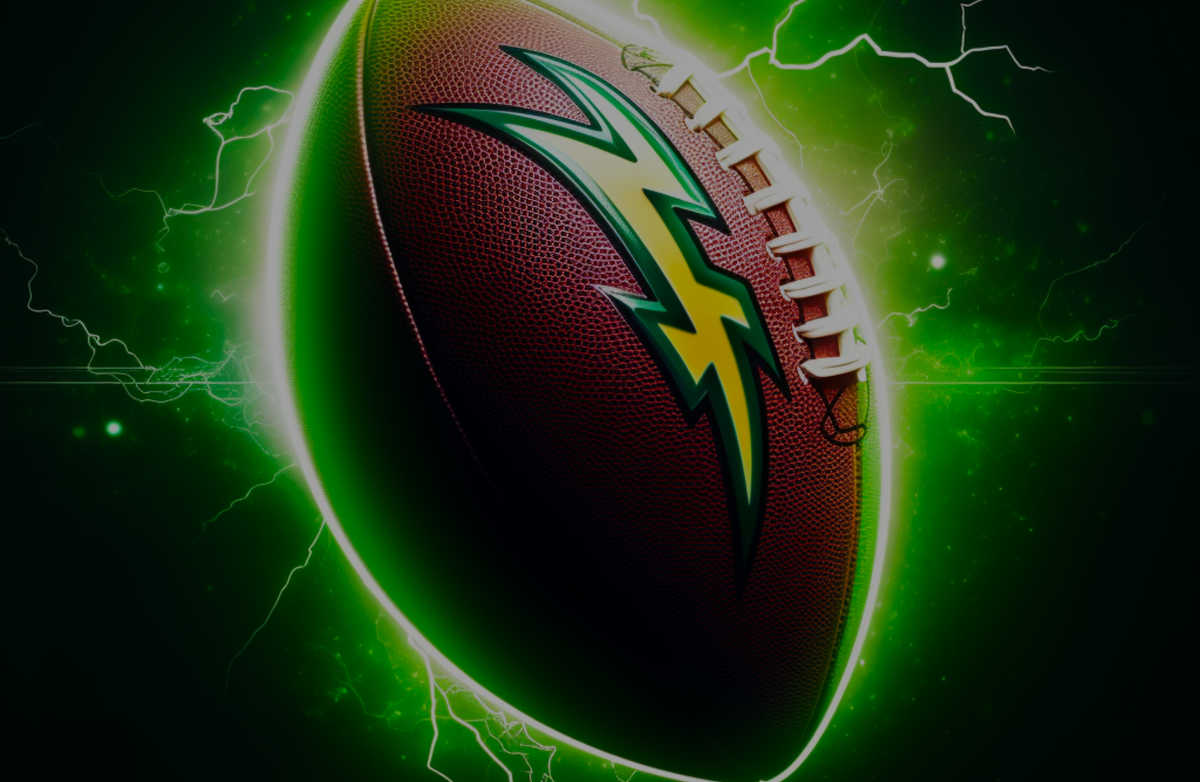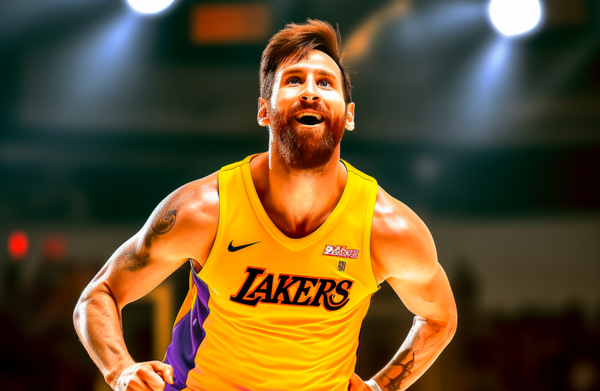NFL
The NFL's triumph hinges on innovative marketing, agile management, and embracing technology. It targets diverse audiences, adapts to challenges, and ensures player safety. Future strategies include engaging younger fans, exploring sports betting, investing in tech, and tackling ongoing issues

The National Football League (NFL) is one of the most successful sports leagues in the United States, known for its captivating games, loyal fan base, and unforgettable experiences. The NFL's success is attributed to its dynamic and innovative marketing, management, and innovation strategies that have allowed it to maintain its position as a dominant force in the sports industry.
👀 Key Takeaways
- The NFL has a strong focus on fan engagement and marketing to a wide audience.
- Management strategies have evolved to adapt to new challenges and opportunities.
- Innovation is a key aspect of the NFL's success, with a focus on technology and player safety.
- The NFL's business model revolves around national and local revenue streams, with TV deals being the main source of income.
📣 Marketing Strategy
- The NFL targets a wide audience, with a focus on engaging younger fans through social media and other digital platforms[1][5].
- The league has adopted a "helmets off" strategy to showcase players' personalities and connect them with the youth culture[5].
- Influencer marketing, email marketing, and quiz-based ads are some of the strategies used to engage fans and boost revenue[15].
🏆 Management Strategy
- The NFL has transformed from a sports property into a media company, leveraging the evolving media landscape to increase its popularity and foster interest[2].
- The league has made several strategic decisions to address challenges such as player protests, declining ratings, concussions, and key injuries[2].
- The NFL's Future of Football Committee identifies opportunities and provides feedback on key technology and innovative solutions within the football ecosystem[10].
💡 Innovation Strategy
- The NFL uses Radio Frequency Identification (RFID) tags and other sensor technologies to collect extensive data on player performance and safety[7].
- The league's Football Operations Innovation Team is always looking for creative ideas to advance the game, with the NFL Forward Crowdsourcing Platform allowing anyone to submit proposals[10].
- The NFL has embraced new technologies and platforms to reach fans, such as Next Gen Stats and digital media initiatives[3].
🧩 Business Model
- The NFL's revenue streams are divided into national revenue (TV deals, merchandising, sponsorships) and local revenue (ticket sales, concessions, parking) [4][4].
- The league has set a target of $25 billion in revenue by 2027, with TV deals being the main source of income[4][4].
- The Green Bay Packers are the only NFL team run as a nonprofit corporation[4][4].
🔮 Future Developments
- The NFL is expected to continue focusing on engaging younger audiences through digital platforms and innovative marketing strategies[5].
- The league may explore opportunities in sports betting to capitalize on the growing market and generate additional revenue[4].
- The NFL will likely continue investing in technology and innovation to improve player safety and enhance the fan experience[7].
- The league may need to address ongoing challenges such as player protests, concussions, and key injuries to maintain its popularity and brand value[2].
In conclusion, the NFL's business strategy is a testament to the power of innovation, effective marketing, and strong management. By continually adapting to new challenges and opportunities, the league has solidified its position as a dominant force in the sports industry. As fans and marketers alike, we can learn valuable lessons from the NFL's playbook and apply them to our own endeavors. 🏈





